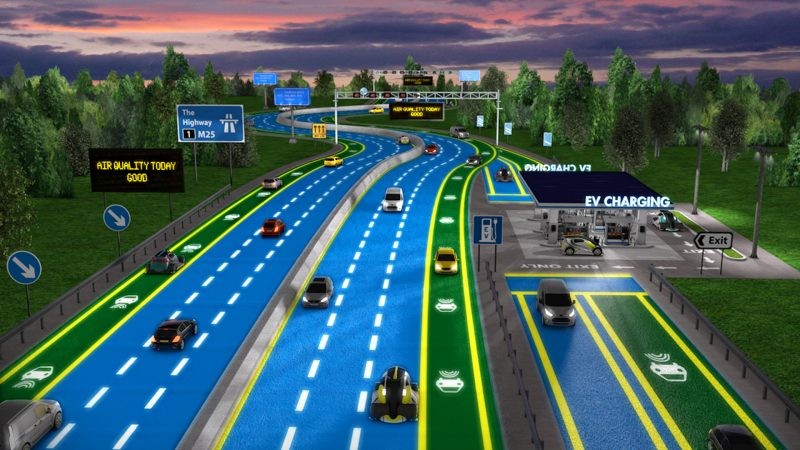Highway construction and engineering includes planning, designing, and building of highways. History stands witness that good roads lead to prosperity for distant societies. If a road is well planned and then executed according to the plan, a highway can open the gates of growth and development.
Highways connect two or more places and ensure that industries, employment, and development follow. Bridges, traffic lights, pavements, bike paths, and lane dividers make up a safe highway. Modern highways are known for their high capacity, efficiency, and planned construction. Highway networks are very important for the growth of a region. Highways open new trade routes and almost every industrial region in the world is connected to the major highway network system of that particular country.
The topics collected in this guide will help you understand much of the terminology and theory of modern day highway engineering and construction. By using the links in the following sections, we will learn about different aspects of highway construction, design, and planning. We begin with the history of highway construction and the major changes highway construction has undergone up to this point.
History of Highways – From Dirt Tracks to Highway Bridges
Animals trails and dirt tracks were the first ever roads that human beings used to travel from one place to another. Icknield Way in England, Harrappan Roads in India, and Apian Way in Rome are examples of ancient roads, and their traces can still be seen. Gradually, human beings started moving out and the condition of roads also improved with time. Today we have highway bridges as high as 245 meters from the ground level.

Various Aspects of Designing and Constructing a Highway
Planning remains the most important part of the process of engineering construction, irrespective of the nature and type of construction. Planning works are followed by design works and once designs are completed, execution works are started. Planning is important because global population is increasing at an exponential rate; globalization and technological advancements have made things easier for people, but challenging for engineers. Planning helps in estimation of risks, capacity calculation, and it enables engineers to leave scope for any future modification or expansion of roads or bridges.
Highway Construction Materials
Highway construction materials are selected on the basis of the type of highway, known and projected traffic density, and the climatic conditions of the region. At some places we manage with bitumen (asphalt) only, however, at some place concrete roads are required. Modern age engineers emphasize the use of eco-friendly methods to construct roads, bridges, and pavements. Maximizing the use of recycled waste products is a smart new trend that has actually helped in making better roads and highways- without doing much damage to our environment.
Highway safety is an important aspect of highway construction and engineering. Designing a highway means adopting safety measures so that not only vehicular traffic stays safe, but the pedestrians and bikers also feel safe while moving on the highway. Bott’s dots, traffic lights, pedestrian marking, zebra crossings, and traffic circles are some of the important aspects of highway design safety. GPS-based road traffic monitoring systems are one of the modern age inventions that make our road travel safe and efficient. Even bike traffic is also considered while safely designing the highway.


